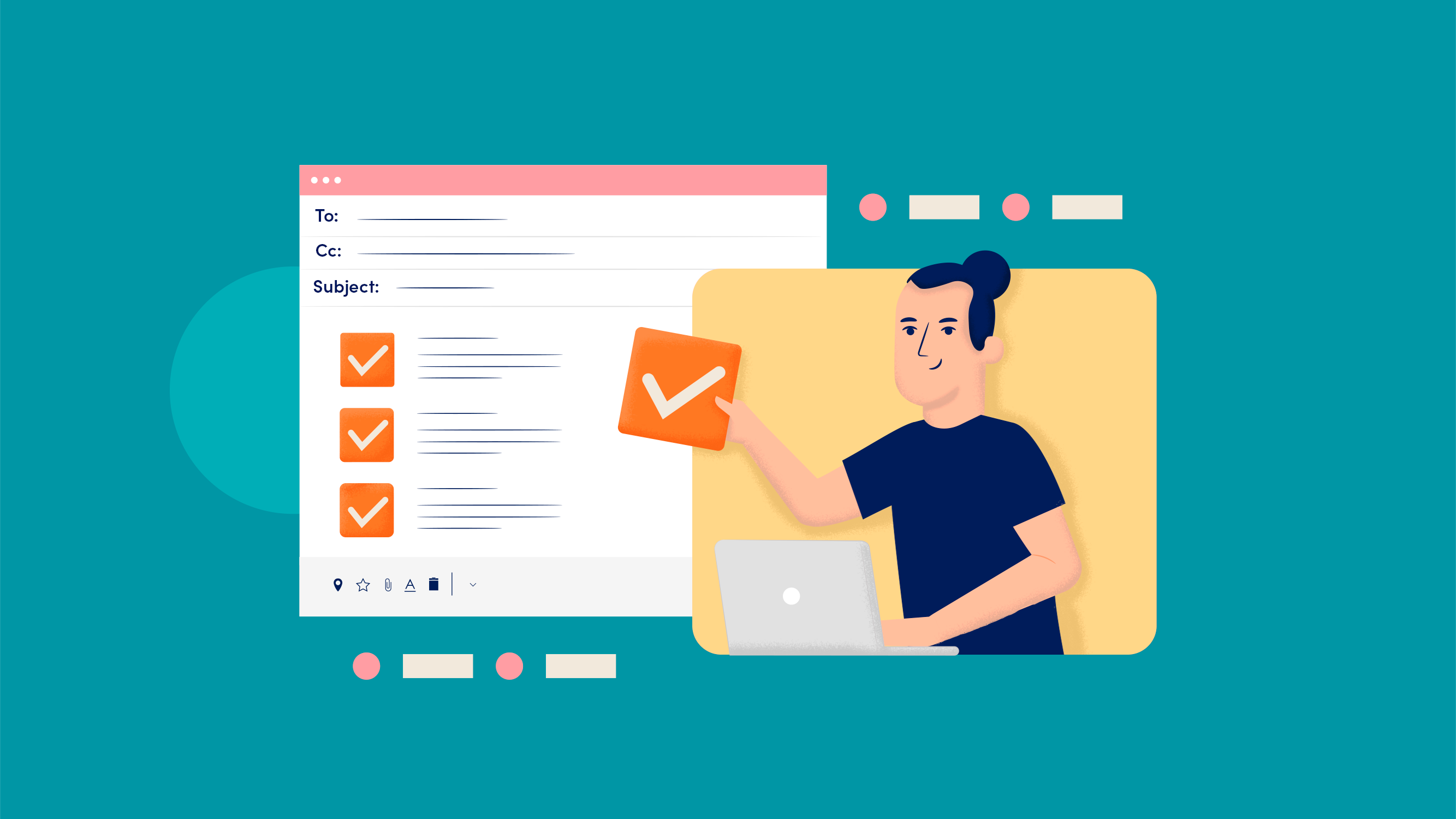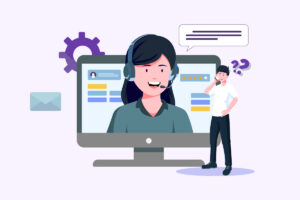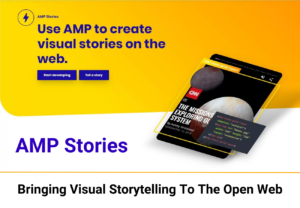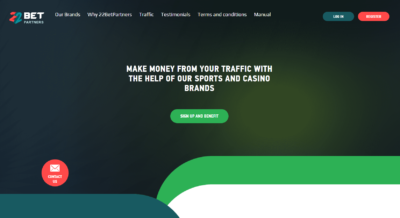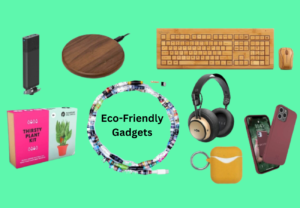Designing engaging email content is essential for building strong connections, fostering brand loyalty, and driving conversions. Equally important, in today’s digital age, email remains a powerful tool for reaching and engaging with your community. Segmented and targeted emails can increase revenue by 58%. Besides, 74% of marketers say personalized emails trigger more customer engagement.
Many academic writers online use email list segmentation to know what students of what level of education to target. It’s not a secret anymore. As a rule of thumb, email marketing is getting tricky like never before. A study suggests that emails with personalized subject lines get 26% more opens. In other words, email segmentation is a powerful marketing technique to connect with users.
As well as to engage with your target audience effectively. Your email list is just like a zoo. There are different kinds of animals in a zoo. Conversely, in your email subscribers list, all types of people have different needs and wants. Email list segmentation enables you to send emails to targeted subscribers in your email list. These days, mass email marketing campaigns don’t work anymore.
On the contrary, targeted emails have higher opens, up to 20 to 40%, and click-through rates. Thanks to the tons of information on the internet and available tools that let anyone personalize emails to specific recipients. This guide will explore strategies and techniques for crafting engaging email content tailored to segmented email marketing campaigns to resonate with your target audience.
How Designing Engaging Email Content Helps Connect With Your Community
In the past, marketers would send batches of emails to subscribers and get great results. These days, the focus is on quality. So, no matter how many emails you send or subscribers you have, you won’t get great results if you don’t segment your emails. Studies have shown that personalized emails have excellent conversion rates. Email segmentation and personalization are essential tools.
Of course, this is because they have replaced the batch and blast technique that used to work a few years ago. Usually, readers have to read your emails for them to take action. Sometimes, it is hard to achieve email marketing goals. Primarily, that’s if subscribers aren’t reading your emails. To get them to read, you must ensure you send emails to the right subscriber at the right time.
That’s where email list segmentation and personalization come in. To enumerate, email list segmentation is splitting your email subscriber list into smaller groups based on their age, location, status, job title, etc., so you can personalize your emails to individual subscribers. The process increases engagement since the content is relevant to a specific group of recipients or subscribers.
A few years back, segmentation was seen as a complex technique that only expert email marketers could use. On that note, a study by Lyris suggests that 39% of brands that segmented their email list attracted more opens, with 28% of them getting lower unsubscription rates and 24% generating more sales. Remember, when people sign up for your email list, they have individual reasons.
Top Tips To Design Engaging Email Content That Connects With More Users
In layman’s language, email marketing segmentation is a powerful strategy for online digital marketing business purposes. It helps their targeted customers to know who they are, what they do, and many other things about their brands. While large brands hire expert marketing teams to spread the word and drive more website traffic, email marketing segmentation is a crucial toolkit.
One thing is sure: Creative email design helps your business to precisely drive organic traffic and achieve sufficient product sales without spending millions of money. Furthermore, it’s one of the fast, easy, and almost free online marketing strategies for promoting your brand to targeted customers. Ultimately, strategic email list design aims to increase engagement and drive conversions.
Essentially, sending targeted messages to the potential audience helps marketers understand their interests so you can serve them with relevant content. Ideally, your target customers don’t want to read generalized content but look for tailored content that meets their needs. Eventually, this helps to address their unique problems/pains and gives them a better chance to find a specific solution.
As mentioned, your potential subscribers have different needs and wants. That means that not all want the same content or offers. So, you can send the same message to your thousands of subscribers. This is why marketers have realized the importance of crafting email content that helps them drive tangible results. With that in mind, below are a few more strategic email content design tips.
Tip #1: Understand your target audience
The first step to crafting engaging email content is understanding your audience. Take the time to analyze your subscriber list and segment it based on demographics, preferences, behaviors, and past interactions. Tailor your content to suit each segment’s interests and needs, ensuring that your emails are relevant and valuable to the recipients. You can also personalize your email content.
Particularly by understanding what makes your audience tick. Personalization goes beyond just addressing the recipient by name; it involves providing content that aligns with their preferences and behaviors. Personalized emails consistently yield higher open and engagement rates within email marketing campaigns, effectively conveying understanding and appreciation to the recipients.
Tip #2: Design compelling subject lines
The subject line is the gateway to your email content. Usually, the subject lines of your message can tell the recipients whether the message inside is for them or not. A compelling subject line grabs the reader’s attention and entices them to open the email.
Keep it concise, clear, and intriguing. Use actionable language, ask questions, or create a sense of urgency to encourage openness. Experiment with A/B Testing to determine what types of subject lines resonate best with your audience. Track the performance of the topmost performing email subject lines. Next, continually analyze the data and insights to refine your subject line strategies.
Tip #3: Create an engaging email message
Ensuring GDPR compliance makes a significant difference. After your audience opens your email, the content within should meet and exceed the expectations the subject line sets. Captivate your readers with engaging storytelling, offer valuable information, or present exclusive offers. Maintaining clear, concise writing that aligns seamlessly with your brand’s tone and style is crucial.
This helps make the process of being GDPR compliant a lot easier than most marketers would think. However, a few email design techniques are still to be considered for a compelling business email marketing conversion rate.
Consider these techniques:
- Use a Conversational Tone: Write as if you’re having a one-on-one conversation with the recipient. A conversational tone makes your emails more approachable and relatable.
- Provide Value: Offer valuable insights, tips, or exclusive offers that benefit the reader. Value-driven content encourages trust and keeps recipients eager for more.
- Incorporate Visuals: Use eye-catching images, infographics, and videos to break up the text and make your emails visually appealing. Visuals enhance understanding and engagement.
In addition, every business email you send to your target customers should have a clear and compelling Call To Action (CTA) button that guides the recipient on what to do next. For instance, whether to click a link, purchase or sign up for an event. For newcomer marketers, sending relevant messages to target subscribers may help improve email openness and click-through rates.
Tip #4: Optimize emails for mobile devices
Target business subscribers not opening your emails are inactive and can increase bounce rates. A significant portion of emails is now accessed through mobile devices. Therefore, it’s crucial to optimize your email content for mobile responsiveness.
On that note, you must ensure your emails are well-formatted and displayed correctly on various computing devices and screen sizes. Similarly, use a responsive design that adjusts seamlessly to different platforms, providing an excellent user experience for all recipients. As a result, this enables you to drive subscribers into opening your emails, fostering long-term connections.
Tip #5: Actualize your website email strategy
It’s good to understand website customer’s behavior. Equipped with this information, you can segment your email list in a way that’s helpful to you and your subscribers. Usually, when a person lands on your website, they’ll probably visit certain pages of interest.
For instance, you can use application tools such as BeamPulse to monitor customer behavior on your website, such as the menus they saw, icons they clicked, etc. You can also use customers’ purchase history to target them with messages promoting products that cater to their interests. This will help to drive more sales and create a long-term relationship with your target customers.
Tip #6: Leverage the best automation strategies
Automation is a powerful tool for enhancing engagement and connecting with your community. Implement automated email campaigns triggered by specific actions, such as sign-ups, purchases, or website visits. Use drip campaigns and welcome sequences.
Personalized follow-ups based on interactions are excellent examples of automation that nurture relationships and keep your audience engaged. Automation saves time and effort and ensures timely and relevant communication with your users. However, remember to maintain a human touch and authenticity in your automated emails to retain a sense of personal connection.
Tip #7: Encourage user feedback and interaction
Building a community involves fostering a two-way dialogue. Encourage your audience to provide feedback, reply to emails, or participate in surveys and discussions. Actively listen to their opinions, suggestions, and concerns. Address their input promptly.
Transparently, show that you value their input. Consider creating interactive email content, such as polls, quizzes, or contests, to encourage participation and engagement. Still, rewarding active members can further strengthen their connection to your brand.
Tip #8: Create targeted campaigns for relevant groups
As stated earlier, segmenting your email list lets you define each group’s needs and wants. This way, you can create targeted campaigns for relevant groups. It also lets you identify your loyal subscribers and send them unique product store offers.
This could make them stick with you for long. Remember, it’s not easy to understand why one subscribes to your email unless you segment it based on where one signs up from or their behavior. Primarily, start by defining your goals. Get as much information for each subscriber as possible to send targeted messages. In the process, you will understand what they like and dislike.
Tip #9: Learn from your past customer experiences
It’s simple: Conduct an email marketing campaign with a questionnaire so your target customers can answer questions and provide the information you seek. Keep your questions as engaging and thoughtful as possible so that the respondents won’t hesitate to give answers. You may want to entice them with an incentive to encourage them to provide more meaningful information.
After all, you can’t get when you are not giving out. It’s a win-win scenario. Another critical point: It would also help to consider an excellent website menu design (header and footer) with helpful links to your customer support pages and contact forms.
Tip #10: Analyze your email performance and iterate
To continuously improve your email engagement and community connection, regularly analyze the performance of your email campaigns. Track metrics like open rates, click-through rates, conversions, and unsubscribe rates. Use the insights gained to make data-driven decisions and iterate on your email content strategy. Experiment with different approaches and test variations.
After that, ensure you can learn from your email marketing campaign successes and failures. In this case, the key is to adapt and evolve based on what resonates best with your unique audience. Moving forward, you could separate your email subscribers actively opening your emails from those not. So that, as a result, you can find ways to re-engage those who aren’t active.
In Conclusion;
As you can see, designing engaging email marketing content is an art and a science. It requires understanding your audience, using effective strategies, optimizing for various tools, and leveraging automation. Ultimately, the goal is to connect with your potential audience and target community members, provide value, and foster meaningful relationships beyond mere transactions.
It isn’t easy to know whether people are consuming your content if you don’t monitor them. Sending messages that don’t trigger engagement wastes time and money. So, a creative email design helps to identify those who are opening and reading your emails and those who aren’t. This way, you can know how to convince them to open your emails, for instance, by offering them freebies.
Or, instead, by sending them free offers. Fortunately, many email service providers like SendX can significantly help you achieve this. In that case, you can monitor subscribers who opt out of your email list, those who are opening or clicking links you send, etc. In addition, this application tool also lets you identify what’s working and what’s not and how you can improve to get great results.
Finally, given our above guide, you can enhance your email content, drive engagement, and build a loyal community that supports your brand and contributes to its success in the long run. Stay attentive to your audience’s needs—be creative with your content. Otherwise, never underestimate the power of a well-crafted email in establishing a solid and lasting connection with your community.
